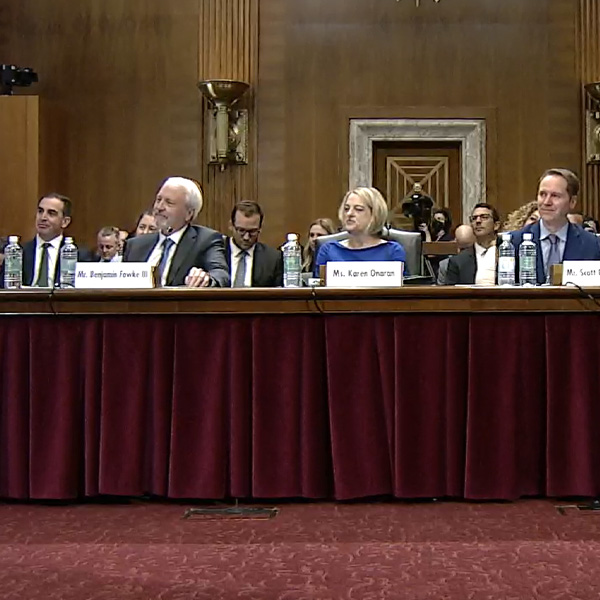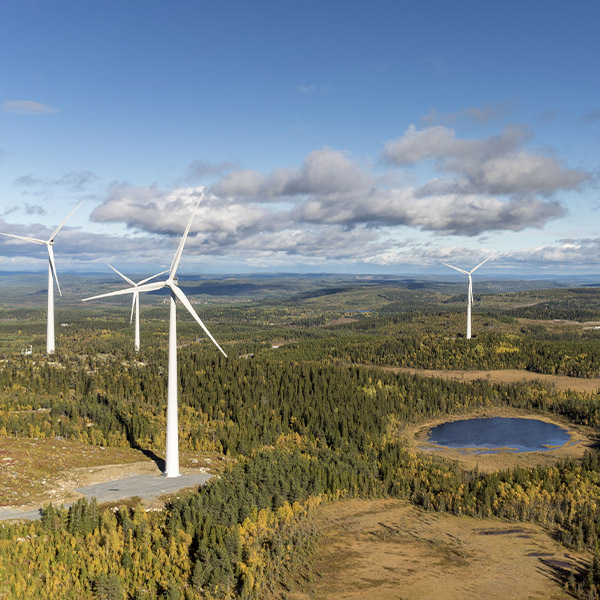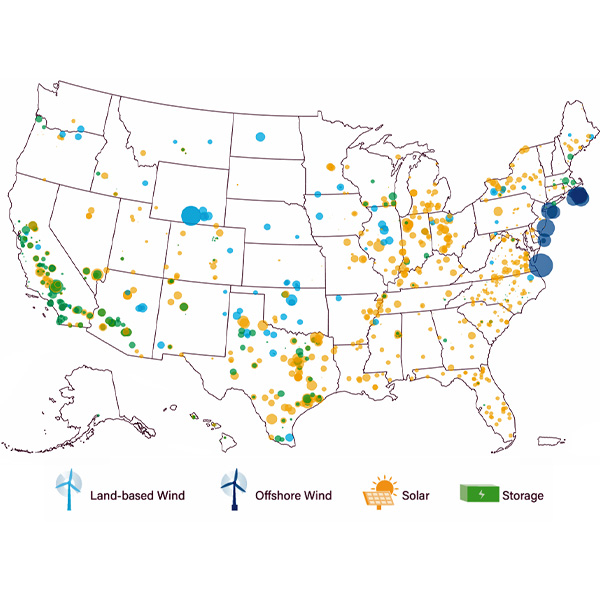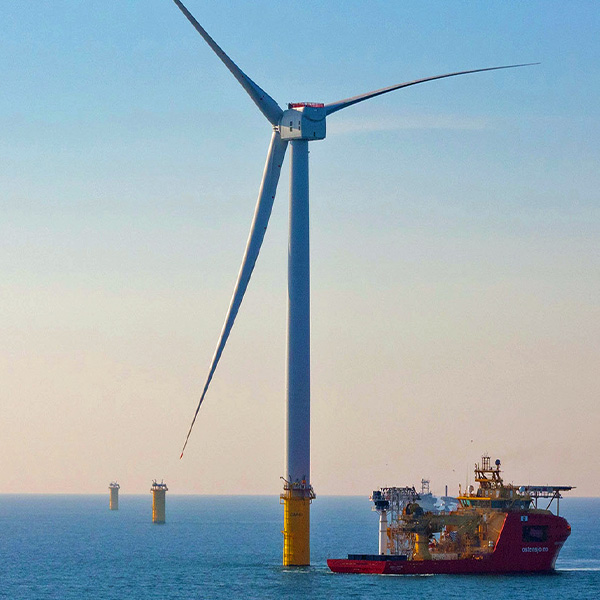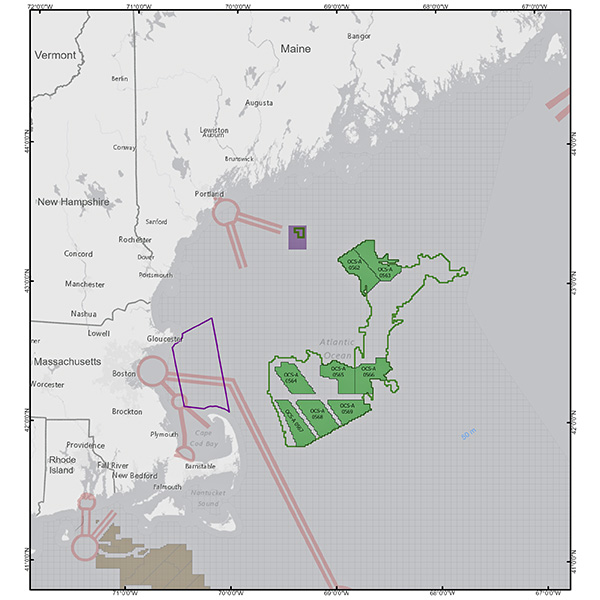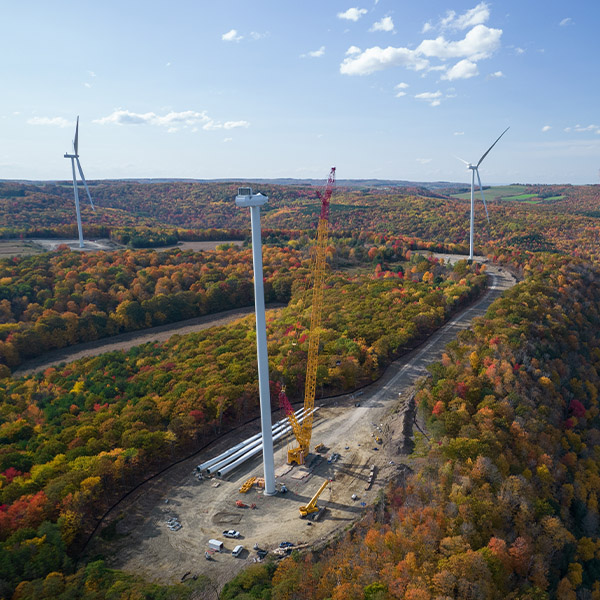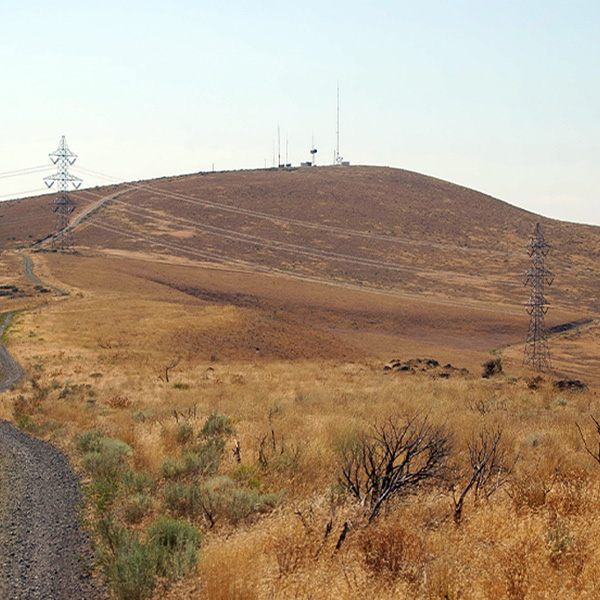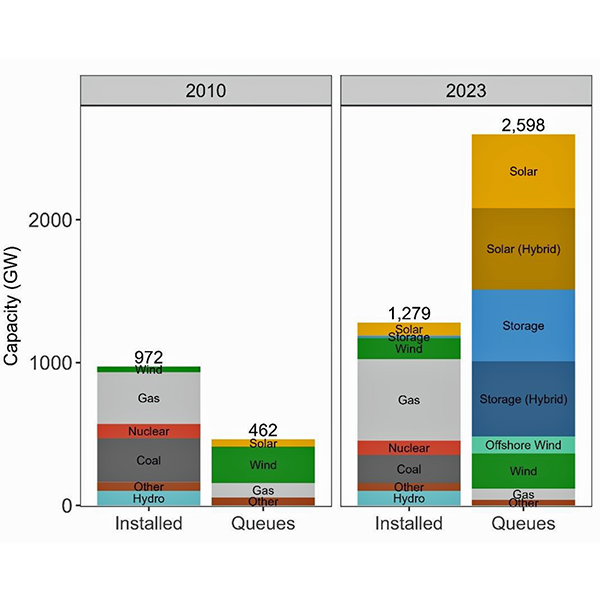Onshore Wind Power
Sen. Joe Manchin rebuffed Majority Leader Chuck Schumer's assertion that permitting reform was dead in the current Congress during an Energy and Natural Resources Committee hearing on load growth from data centers.
Siemens Energy has begun a multiyear restructuring of its wind power business, which has temporarily halted sales of certain onshore turbine models due to quality control problems.
Nearly 5.6 GW of new solar, wind and storage capacity was added in the United States in the first quarter of 2024, the American Clean Power Association reported.
Ørsted charted a path forward from the industry’s recent turmoil as it released its first-quarter financial results.
Wood Mackenzie reports Western wind turbine manufacturers saw demand for their products ease in 2023 amid a stalled market while Chinese companies saw surging demand.
Federal regulators are moving ahead with plans to auction wind energy leases with a potential 18 GW capacity off the coasts of Oregon and northern New England.
New York state has reached tentative contracts with developers proposing 24 land-based renewable energy projects totaling nearly 2.4 GW of capacity.
Washington’s EFSEC recommended approval for a slimmed-down version of a controversial wind project proposed for a site just south of the Tri-Cities in southeastern Washington.
The DOE issued a roadmap to speed interconnection of new clean energy generation projects to the grid and clear the backlog of proposed renewable energy projects waiting in the queue.
The 2024 wind energy report by the Global Wind Energy Council shows record growth in 2023 but says much more is needed.
Want more? Advanced Search
